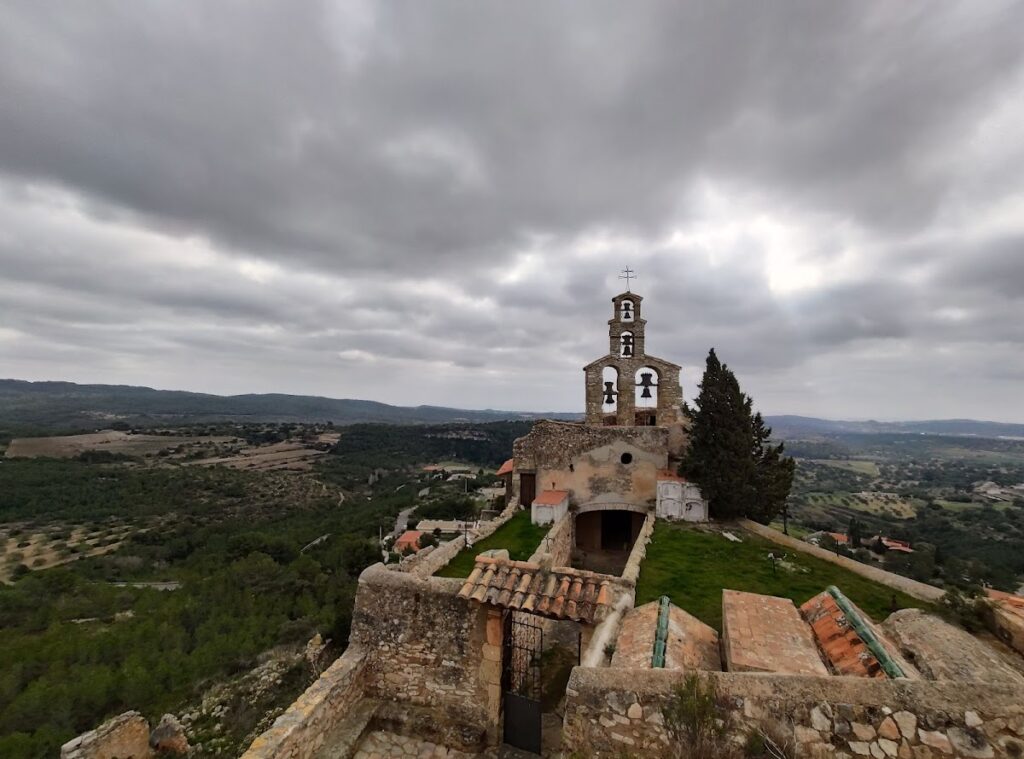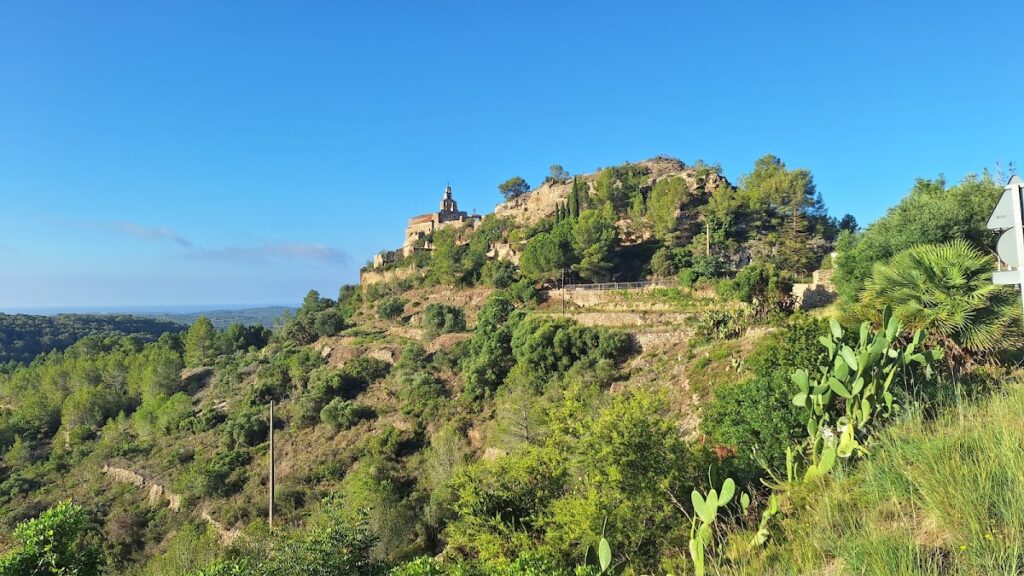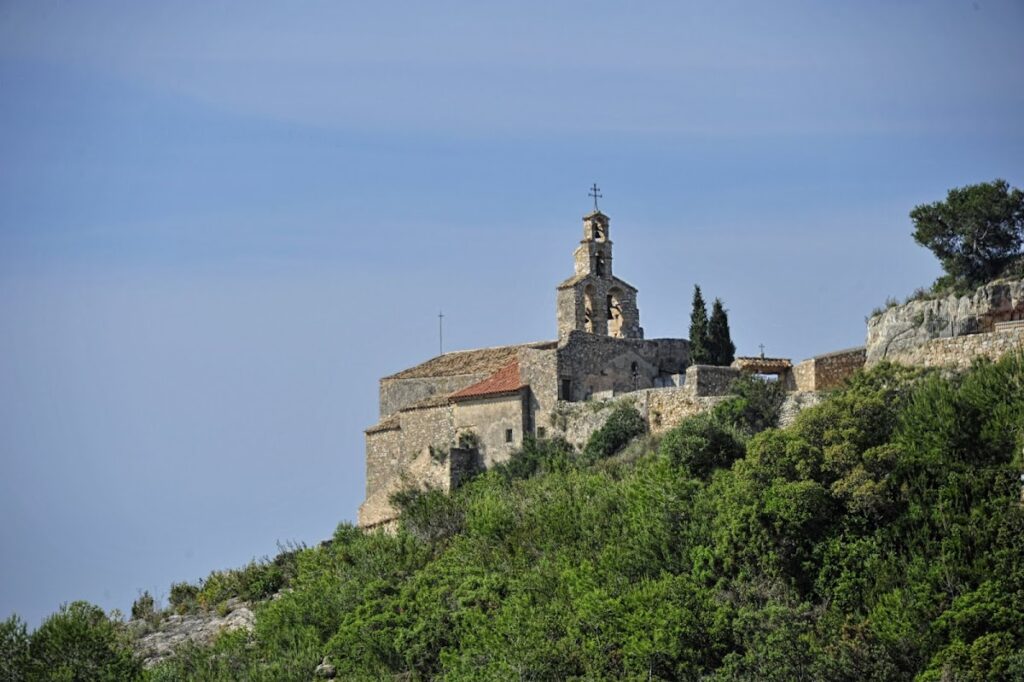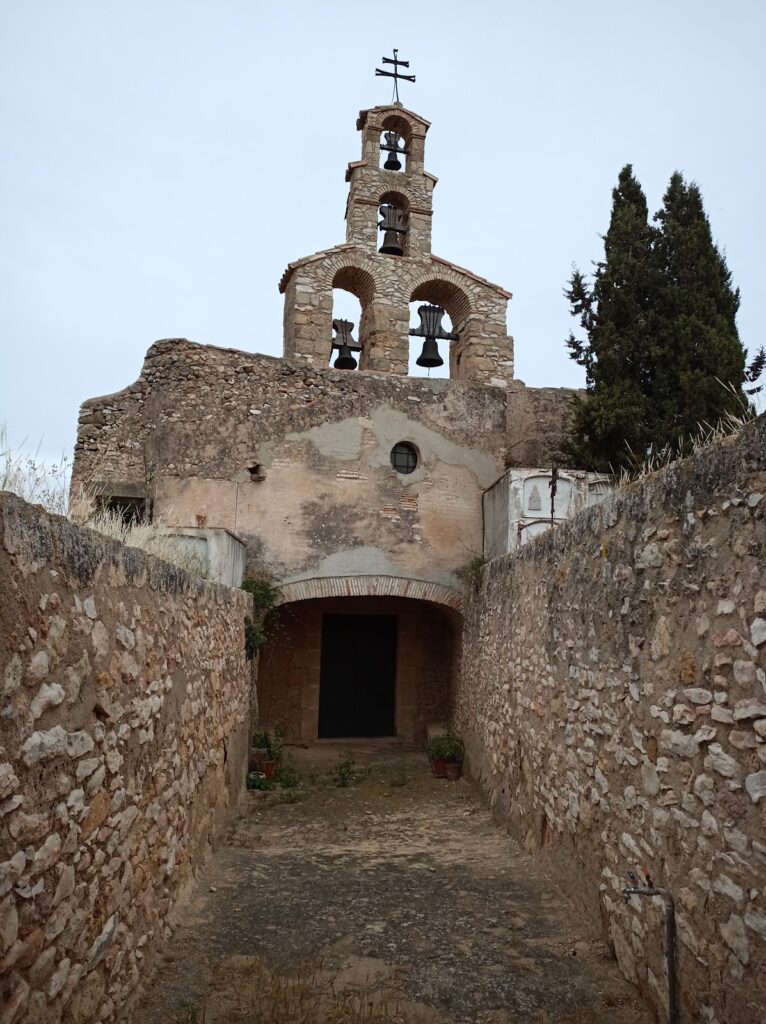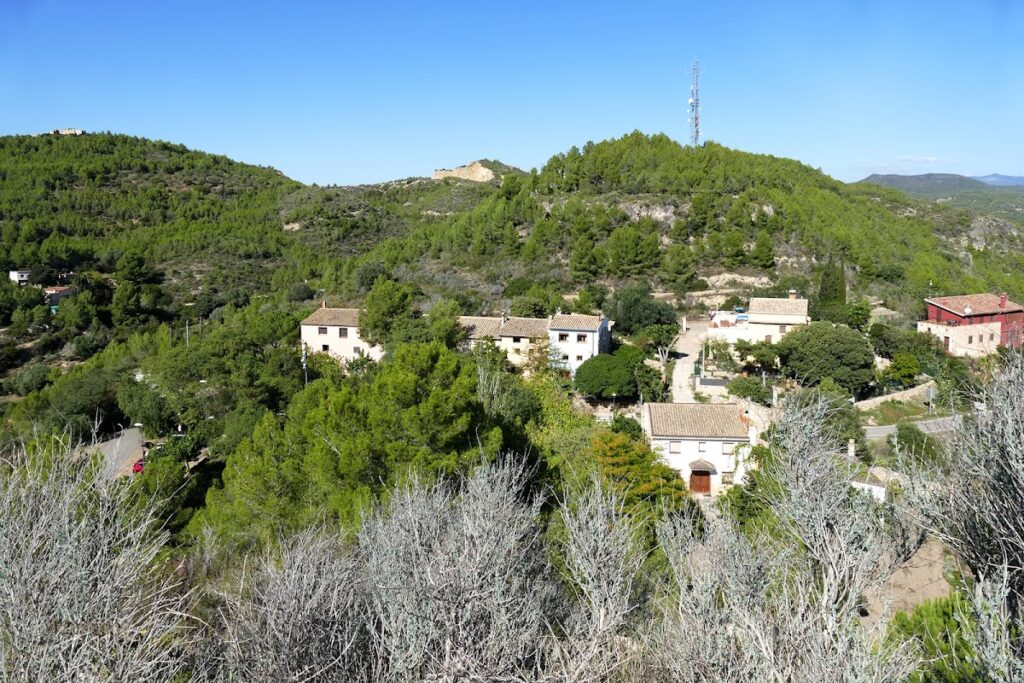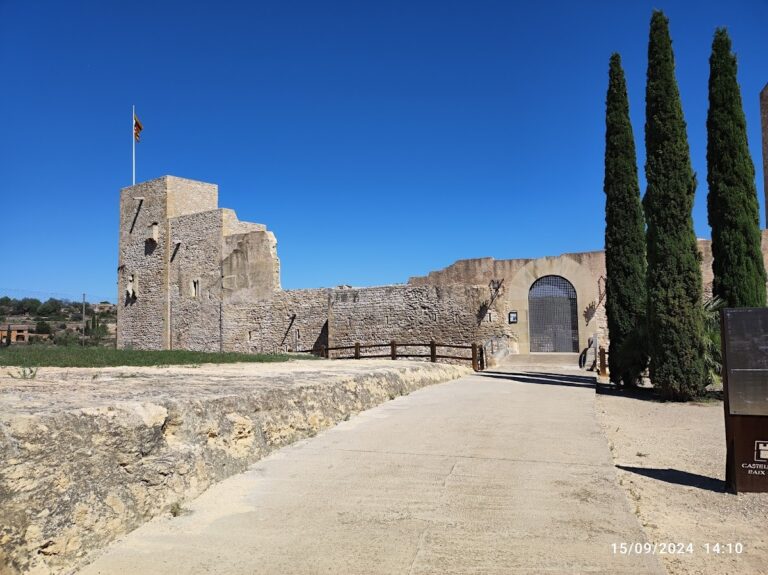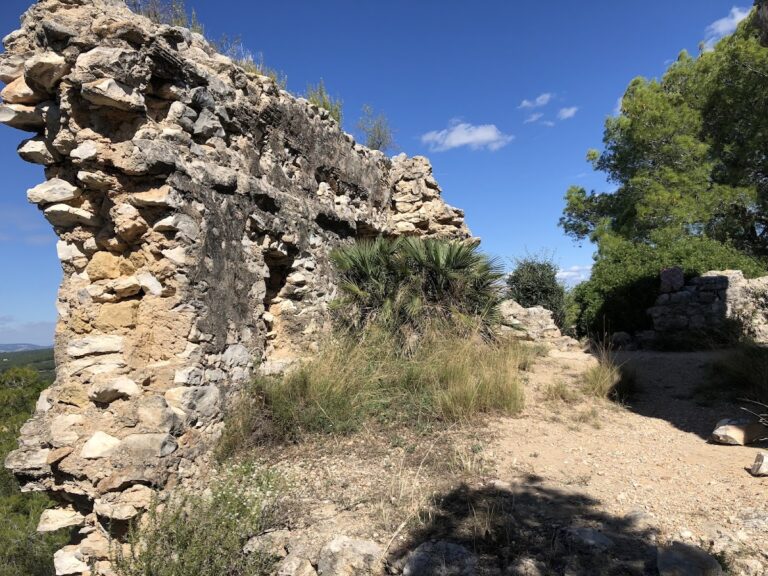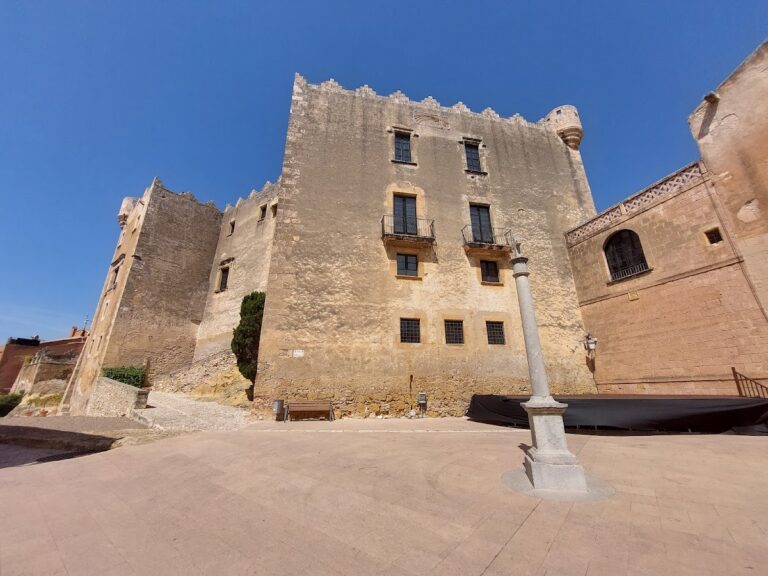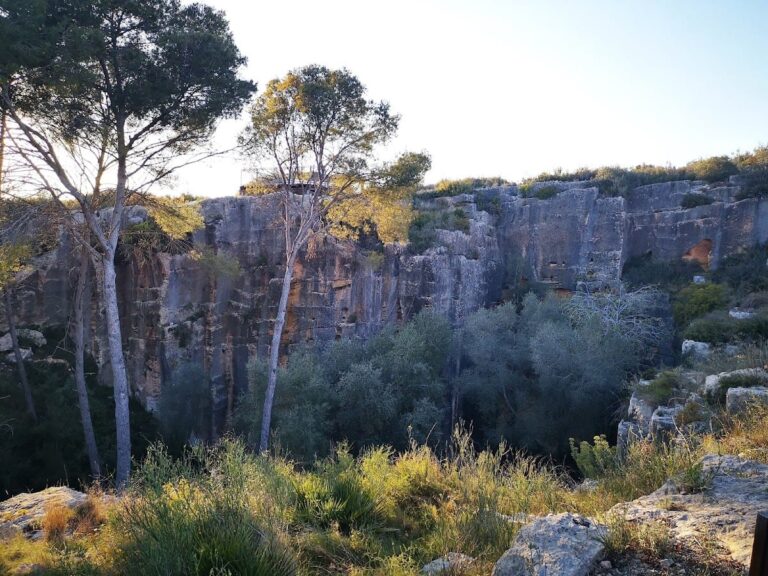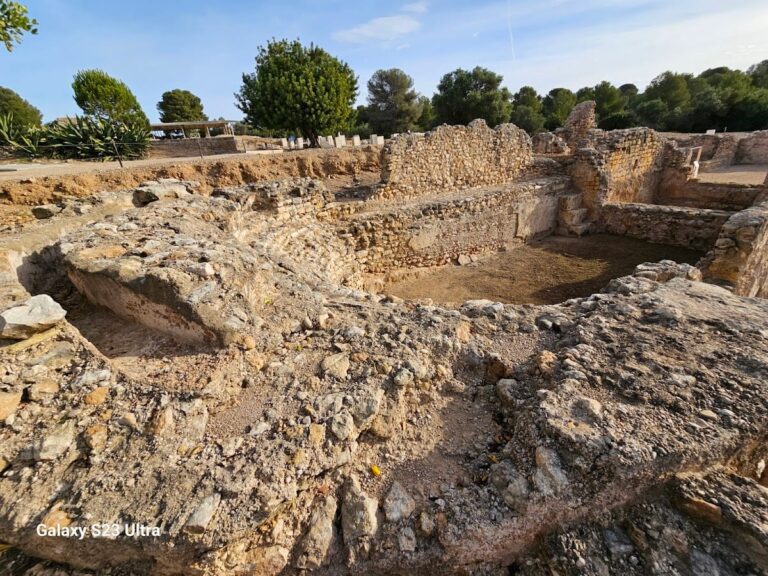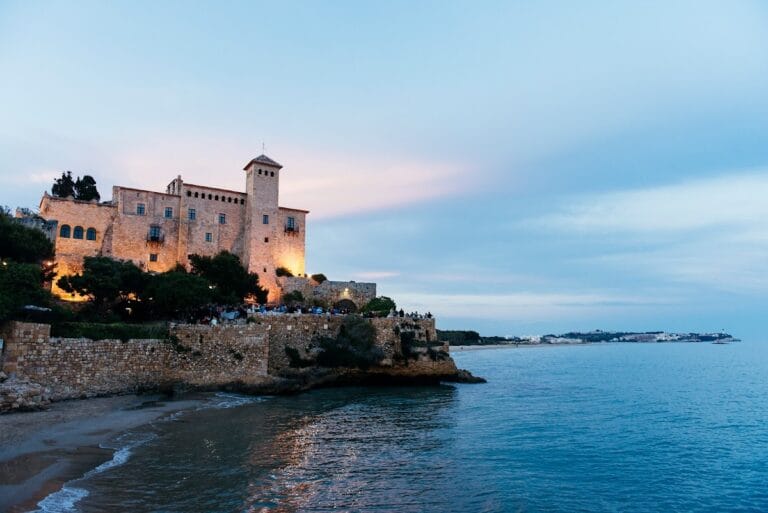Castell de Vespella: A Medieval Fortress in Vespella de Gaià, Spain
Visitor Information
Google Rating: 4.5
Popularity: Low
Google Maps: View on Google Maps
Official Website: www.vespella.altanet.org
Country: Spain
Civilization: Unclassified
Remains: Military
History
The Castell de Vespella is situated within the municipality of Vespella de Gaià in modern-day Spain. This fortress has early medieval origins, reflecting the strategic and feudal dynamics of the region during the Middle Ages.
The earliest record of the castle dates to 1167 when Bernat de Viver and his wife Ermessenda transferred ownership of the castle and the surrounding Monnars site to Ponç de Far, under the authorization of Guillem de Claramunt. This transaction places the castle firmly in the context of feudal lordship during the 12th century. By the early 13th century, Pere de Vespella, believed to be the castle’s castellan or overseer, held the fortress. His 1212 will documents the transfer of the “castrum de Vespela” to his brother Bertran, confirming the castle’s continued importance as a noble residence and defensive site.
Throughout the 12th and 13th centuries, control of Castell de Vespella shifted among several noble families, including the Montoliu and Claramunt lineages. In 1229, jurisdictional agreements involving Guillem de Cardona and Guillem de Claramunt further show the castle’s integration into the feudal structures of the region. Later, in 1314, royal authority became more direct when King Jaume II sold the castle to Pere de Queralt. The Queralt family subsequently held dominion over the site and its surrounding territory throughout the 14th century, obtaining full jurisdiction from Pere III of Catalunya-Aragó by 1368.
By the end of the 14th century, ownership transferred to the city of Barcelona in 1390. Before the century closed, the city sold the castle to Pere d’Icart. The Icart family retained possession for several centuries, maintaining lordship until the late 17th century. In the following centuries, the property changed hands again, coming into the possession of N. Desvalls by the late 18th or early 19th century. By the mid-1800s, the settlement around the castle expanded modestly, featuring about fifty homes.
The castle’s strategic location made it a focal point during the Carlist Wars in the late 19th century. In 1875, the site witnessed military engagements between the Carlist faction led by the figure known as Canastrer and local militia forces from nearby towns such as Altafulla and Torredembarra. This conflict marks the castle’s continued military relevance into the modern era.
Remains
The remains of Castell de Vespella occupy a roughly rectangular plateau measuring about 25 meters long by 12 meters wide, positioned beside the Church of Sant Miquel atop a hill. This commanding vantage overlooks the eastern plain of Tarragonès and the banks of the Gaià River, underscoring the site’s defensive purpose.
At the northern end stands the faint remains of a semicircular tower, known locally as a bestorre. This tower measures approximately 8.60 meters across on the outside and 7.60 meters internally, with walls ranging from 85 to 95 centimeters thick. Notably, the tower’s exterior included a protective stone facing about 50 centimeters thick. This type of reinforced outer wall is typical of early medieval military architecture, especially in frontier areas, and suggests that the tower was constructed around the 11th century, near the year 1000.
Directly south of the tower lies the main enclosure of the castle, where surviving walls are primarily found on the western side. Here, approximately 7 meters of wall lead into a further 12 meters of construction, with walls about 90 centimeters thick. These sections are built from roughly shaped stones laid in horizontal layers, a durable technique common in medieval fortifications.
To the southwest of the enclosure are the remains of several interconnected walls, along with the base of an arch and remnants of a collapsed roof. These elements likely belonged to a late medieval building situated within the castle grounds, providing evidence of continued occupation and architectural development into later periods.
Below the surface of the esplanade, a chamber measuring 7.40 meters long, 3.85 meters wide, and 4.6 meters high occupies a partly rock-cut cavity enclosed by a wall of large, carefully dressed stones, known as ashlar blocks. This space has traditionally been identified as the castle prison. Just outside the entrance to this chamber, a large hollow carved into the rock may have served as an olive or wine press, called a trull or premsa in the regional language, indicating the processing of agricultural products nearby.
The castle’s construction shares recognizable features with other frontier fortresses of the early medieval period, such as Castell de Mediona in Alt Penedès, reinforcing its dating and military function in the borderlands of the time.
Surrounding the main fortification on the hill slopes are remains of medieval housing. Some of these dwellings were abandoned during the Middle Ages, while others have been repurposed over time for modern uses, including as storage spaces or animal enclosures. Among these habitations are numerous rock-cut caves called cavorques, equipped with typical medieval troglodyte features. One such cave on the castle’s western side is accessed via steps cut into the rock and is enclosed by a 40-centimeter-thick wall topped by a door. This cave measures approximately 2.9 meters wide, 2.4 meters deep, and rises to a height of 2.2 meters at its center.
Near this cave, five square beam holes and a slit designed to support a roof covering indicate the structural remains of a once-covered space. Similar caves appear on the eastern and western sides of the site, though many have suffered damage due to natural rock fracturing. The earliest occupation of these troglodyte dwellings is estimated around the year 1000, drawing a direct connection to the castle’s initial establishment and use during the early medieval era.
